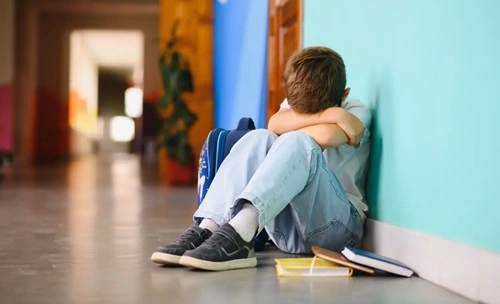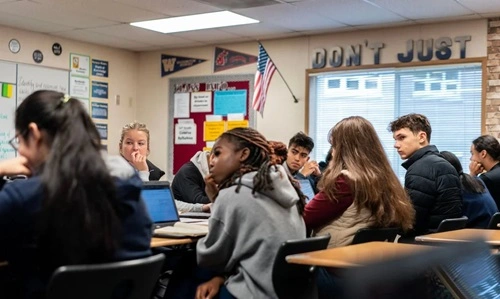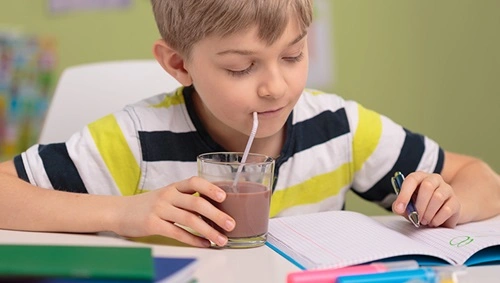Emergency seclusion refers to the practice of isolating a child in a confined space to manage challenging behaviors. It is typically used in schools and mental health facilities as a last resort when a child poses an imminent threat to themselves or others. While the method is controversial at all age levels, its use with preschool-aged children (ages 3-5) is particularly concerning.
Research increasingly highlights the negative consequences of emergency seclusion, especially on young children who are still developing their emotional regulation and cognitive abilities. Experts and child advocates stress that alternative approaches to behavioral management should be prioritized in early childhood settings.
The Dangers of Seclusion for Preschoolers

1. Emotional and Psychological Harm
Preschoolers lack the emotional maturity to process isolation as a corrective measure. When placed in seclusion, they may feel abandoned, frightened, and traumatized. Studies have shown that prolonged isolation can lead to increased anxiety, depression, and post-traumatic stress symptoms in young children.
According to the U.S. Department of Education’s Office for Civil Rights (OCR), seclusion can have lasting psychological consequences, especially on children with disabilities. A child’s brain at this stage is highly impressionable, and negative experiences can shape their future responses to stress and authority figures.
2. Ineffectiveness in Behavior Management
Seclusion does not teach children how to regulate their emotions or develop coping strategies. Instead, it instills fear and confusion. Young children do not yet have the ability to reflect on their actions in the way older children might. Without guidance, they are unable to understand why they are being secluded or how to correct their behavior.
A study by the National Association for the Education of Young Children (NAEYC) found that positive behavioral interventions, such as emotional coaching and structured routines, are significantly more effective in reducing disruptive behavior than punitive measures like isolation.
3. Potential for Physical Harm
Preschoolers are still developing motor skills and spatial awareness. Being placed in a confined space—especially one that is not properly monitored—can result in accidental injuries. There have been instances where children have panicked, attempted to escape, or self-harmed due to extreme distress caused by seclusion.
The American Academy of Pediatrics (AAP) strongly discourages seclusion for young children, emphasizing that alternative de-escalation techniques should be used instead.
4. Legal and Ethical Concerns
Many states in the U.S. have strict guidelines or outright bans on the use of seclusion, particularly for young children. The Keeping All Students Safe Act, a proposed federal bill, aims to prohibit seclusion and limit restraint practices in schools across the country. While some states have already implemented strict restrictions, there are still gaps in enforcement.
In several high-profile cases, the use of seclusion has led to lawsuits and policy changes. In 2023, a case in Minnesota highlighted the dangers of using seclusion on young children, prompting the state to review its policies.
5. Disproportionate Impact on Children with Disabilities and Marginalized Groups
Data from the U.S. Department of Education shows that children with disabilities and children of color are disproportionately subjected to seclusion and restraint. Preschoolers with autism, ADHD, and other developmental conditions are particularly vulnerable to these practices, even though their behaviors often stem from sensory overload or communication difficulties rather than intentional defiance.
Instead of seclusion, experts recommend using Individualized Education Plans (IEPs) and Positive Behavioral Interventions and Supports (PBIS), which focus on proactive strategies tailored to each child’s needs.
Alternative Approaches to Behavior Management
Given the harmful effects of seclusion, early childhood educators and caregivers should implement alternative strategies:
1. Positive Reinforcement
Rewarding positive behavior helps children understand expectations and encourages them to make good choices. Sticker charts, praise, and tangible rewards (e.g., extra playtime) can be effective motivators.
2. De-escalation Techniques
Instead of isolating a child, calming strategies such as deep breathing exercises, sensory tools, and quiet corners with soft seating can help them self-regulate without feeling abandoned.
3. Structured Routines
Preschoolers thrive on routine. Establishing consistent schedules and clear expectations reduces behavioral outbursts caused by uncertainty or frustration.
4. Social-Emotional Learning (SEL)
Programs that teach children to identify emotions, express feelings appropriately, and resolve conflicts peacefully have been shown to significantly reduce behavioral issues in early childhood settings.
5. Increased Teacher Training
Educators should receive specialized training in managing preschool behavior through trauma-informed care and positive behavior interventions. States such as California and Illinois have introduced mandatory training programs for early childhood educators to eliminate the need for punitive measures like seclusion.
FAQs on Emergency Seclusion in Preschool
1. Is seclusion ever necessary for preschoolers?
Ans: No. Experts agree that there are always better alternatives. Even in situations where a child is displaying aggressive behavior, trained staff can use de-escalation techniques to manage the situation safely.
2. What should parents do if their child has been subjected to seclusion?
Ans: Parents should immediately request documentation of the incident, speak with school administrators, and review their child’s rights under state and federal laws. If necessary, they may consider filing a complaint with the Office for Civil Rights (OCR).
3. What are schools doing to replace seclusion with better alternatives?
Ans: Many schools are adopting PBIS, trauma-informed care, and social-emotional learning programs to address behavior proactively. Some states have also enacted laws requiring schools to report and phase out seclusion practices.
4. How can teachers handle disruptive behavior without resorting to isolation?
Ans: Teachers can use preventive strategies such as structured activities, clear communication, and engagement techniques to minimize disruptions. In-the-moment strategies like redirection, providing choices, and using calm-down areas are effective alternatives.
5. Are there laws against seclusion in preschool settings?
Ans: Yes, but policies vary by state. Some states have banned seclusion entirely in schools, while others allow it under specific conditions. Parents should check their state’s Department of Education guidelines for the most current regulations.
Conclusion
Emergency seclusion is an outdated and harmful practice that should never be used on preschoolers. The emotional, psychological, and physical risks far outweigh any perceived benefits. With increasing awareness and legislative action, schools and early childhood programs are shifting towards safer, more effective behavioral management strategies.
Parents, educators, and policymakers must continue advocating for positive, research-backed alternatives that prioritize the well-being of young children. Seclusion belongs in the past—our children deserve better.



